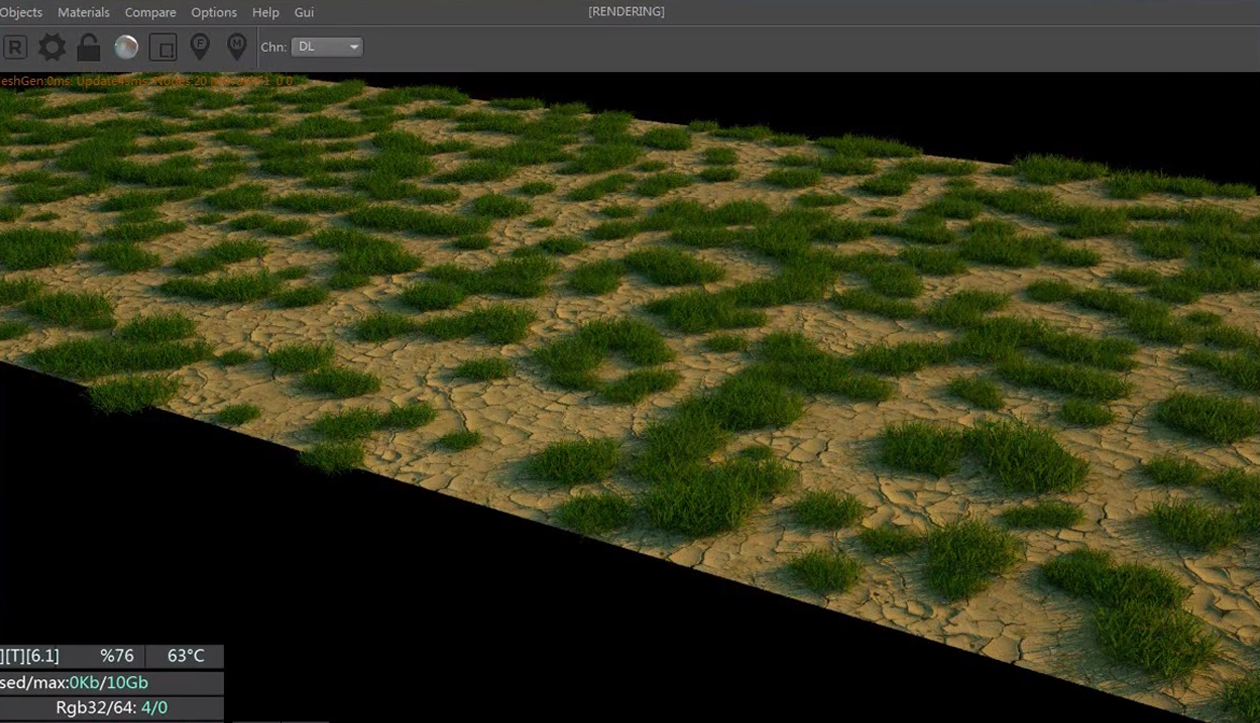
(not perfectly true, but a solid base to work with) Rendering 15 subframes with halt 10sec you end up with a nice 150sec look of the final image The great thing here is that the renderquality gets merged to, but MotionBlur tags on objects get ignored. You also need to set a halt parameter for Indigo to get it to work.Ĭ4D then renders as many subframes as you told it to do and merge them into a image. You can enable Scene-MotionBlur in the render settings and render a image inside C4D! Swampdigo wrote:I'm super keen to have a 'if it moves on my screen then Indigo can motion blur it' resultThe MoBlur System has an limitiation, that only movement get takes into acount, not any polygonal morphs like meta balls etc. Thanks for asking how I did, that was a nice thing to do. I'm super keen to have a 'if it moves on my screen then Indigo can motion blur it' result, because already I can see Indigo can make my renders look oh so good, but the 'exporting scene' time went through the roof when I baked to keyframes the PSR of my dynamic sim. If I can be any help testing or reporting results PLEASE let me know (you'll have to point me in the right direction for what you need, I'm no genius but I'm keen and willing to put in the hours). I'm talking of things I realy don't understand, but whatever it is in Cinema that Indigo 'looks' at to retrieve movement information isn't the whole story as far as 'the-person-making-things-move-on-screen' sees.

my guess is this, is the Global Matrix (or Position or whatever) not changing when the object has a vibrate tag? It moves on screen and in render but does Cinema consider the object to be 'stationary' and mearly 'modified' by the vibrate tag / dynamics 'container'. everything has to be baked into key frames (no baked dynamics or vibrate tags generated movement) yes, it now works, and I think I know the problem Did it get lost in the merge (might not've been moderator approved yet)? Furthermore, you can use it with any type of deformer object.I posted a reasonably comprehensive reply. The major advantage over Sub-Frame Motion Blur is the fact that no intermediate frames need to be rendered, greatly reducing render times. This makes it possible to blur rotating motion as well.

Several samples are calculated and distributed along the path.

When rendering VMB, the path of an object between its start and end point is taken into account. Naturally, the blur will therefore be even greater.
VECTOR MOTION BLUR C4D DOWNLOAD FULL
An angle of 360°, for example, means the shutter rotates a full turn over the course of a single frame, exposing the film for a portion of that time and therefore creating full motion blur between two sequential frames.Ĭinema 4D takes it a step beyond realism by allowing you to use much larger angles than a normal camera. Traditional film cameras have a rotating shutter, where the shutter’s angle determines how much blur can be captured onto film. VMB takes a very different approach: based on the physics of a traditional analog film camera, VMB is based both on the object’s speed as well as the shutter angle of the camera itself. Next to Sub-Frame Motion Blur and vector motion blur (VMB) gives you an additional means of blurring moving objects.


 0 kommentar(er)
0 kommentar(er)
